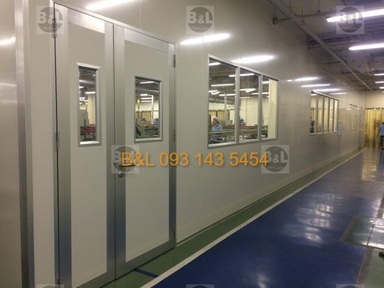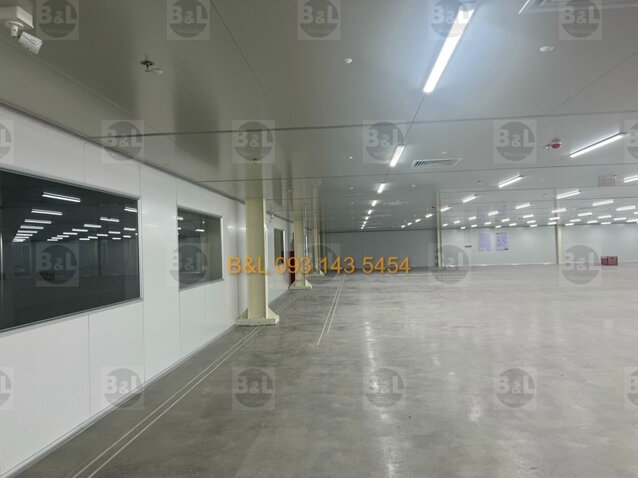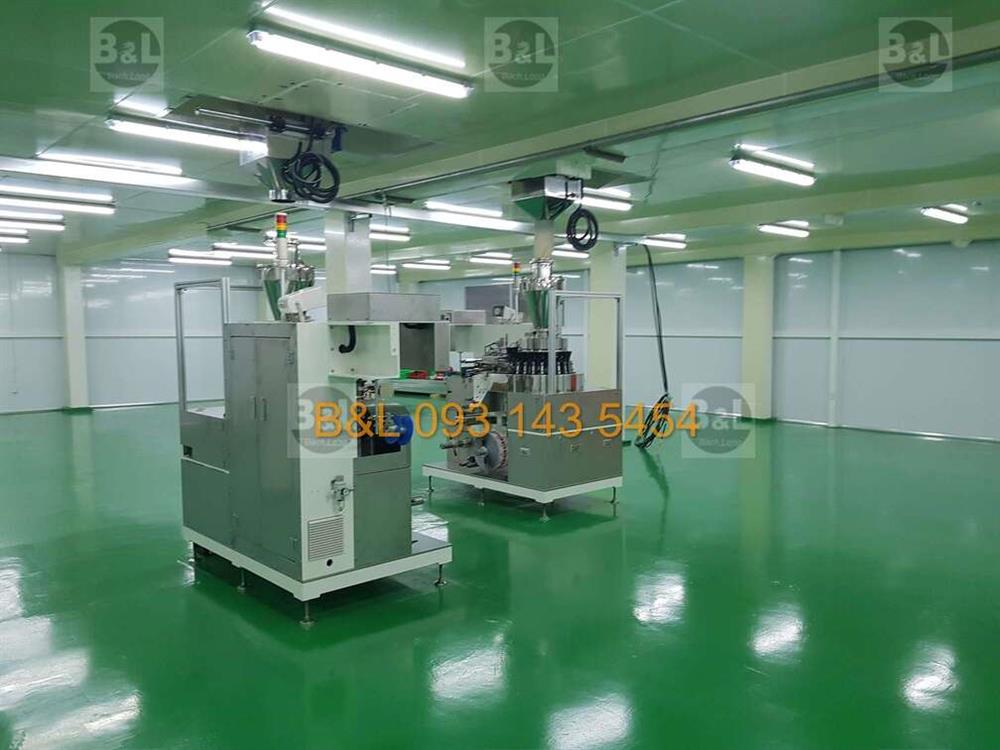An electronic cleanroom is a specially controlled environment used in the manufacturing, assembly, and testing of electronic components and microchips. These rooms are designed to minimize airborne particles, humidity, and other environmental factors that could negatively impact sensitive electronic products.
In electronics factories, cleanrooms are typically implemented in critical areas such as production lines, R&D labs, and quality testing zones where precision and cleanliness are essential.

Electronic cleanrooms ensure a contamination-free production environment, maintaining product consistency and quality. Contamination control is a key factor in the success of any electronics manufacturer. If sensitive components become contaminated, it could lead to massive financial losses—often millions of dollars annually—and may result in the loss of essential certifications such as ISO.


To ensure optimal cleanliness, electronic cleanrooms must comply with strict international standards, based on specific application needs. The two most widely used standards are:
FED STD 209E: Measures airborne particle concentration per cubic foot (ft³). This standard classifies cleanrooms into six levels—from Class 1 (cleanest) to Class 100,000 (least clean).
ISO 14644-1: Measures airborne particles per cubic meter (m³). It defines nine levels—from ISO Class 1 (cleanest) to ISO Class 9 (least clean).
These standards help guide manufacturers in designing cleanrooms that meet precision cleanliness requirements.

Cleanrooms in the electronics industry have several specific characteristics:
High Cleanliness: Strict control over air quality, temperature, humidity, pressure, and exhaust flow.
Anti-Static Control: Requires specific humidity levels (typically 50–60%) and temperatures (~22°C) to prevent static damage to CMOS components.
Specialized Applications: Used in chip fabrication, integrated circuit production, and hard disk manufacturing. Cleanrooms must meet noise limits under 65 dB (Class 10,000).
Pressure Control: Minimum pressure differential of 10 Pa from external areas, and 5 Pa between clean and non-clean zones.
Airflow Coverage: At least 60% for vertical flow and 40% for horizontal flow to maintain consistent air cleanliness.

For best results, electronic cleanroom design and construction must be carried out by experienced professionals. Here are some key considerations:
Comply with cleanroom design standards and local regulations in Vietnam.
Ensure compatibility with your production line and facility layout.
Optimize structural design, space planning, and room dimensions for long-term performance.
Need expert consultation or turnkey cleanroom construction services? Contact us today:
BACH LONG TRADING - SERVICE - MANUFACTURING CO., LTD
📍 Address: 75 Nguyen Hong Street, Ward 1, Go Vap District, Ho Chi Minh City
📞 Hotline: 093 143 54 54
📧 Email: sales@congnghelockhi.vn
🌐 Website: www.congnghelockhi.com | www.congnghelockhi.vn